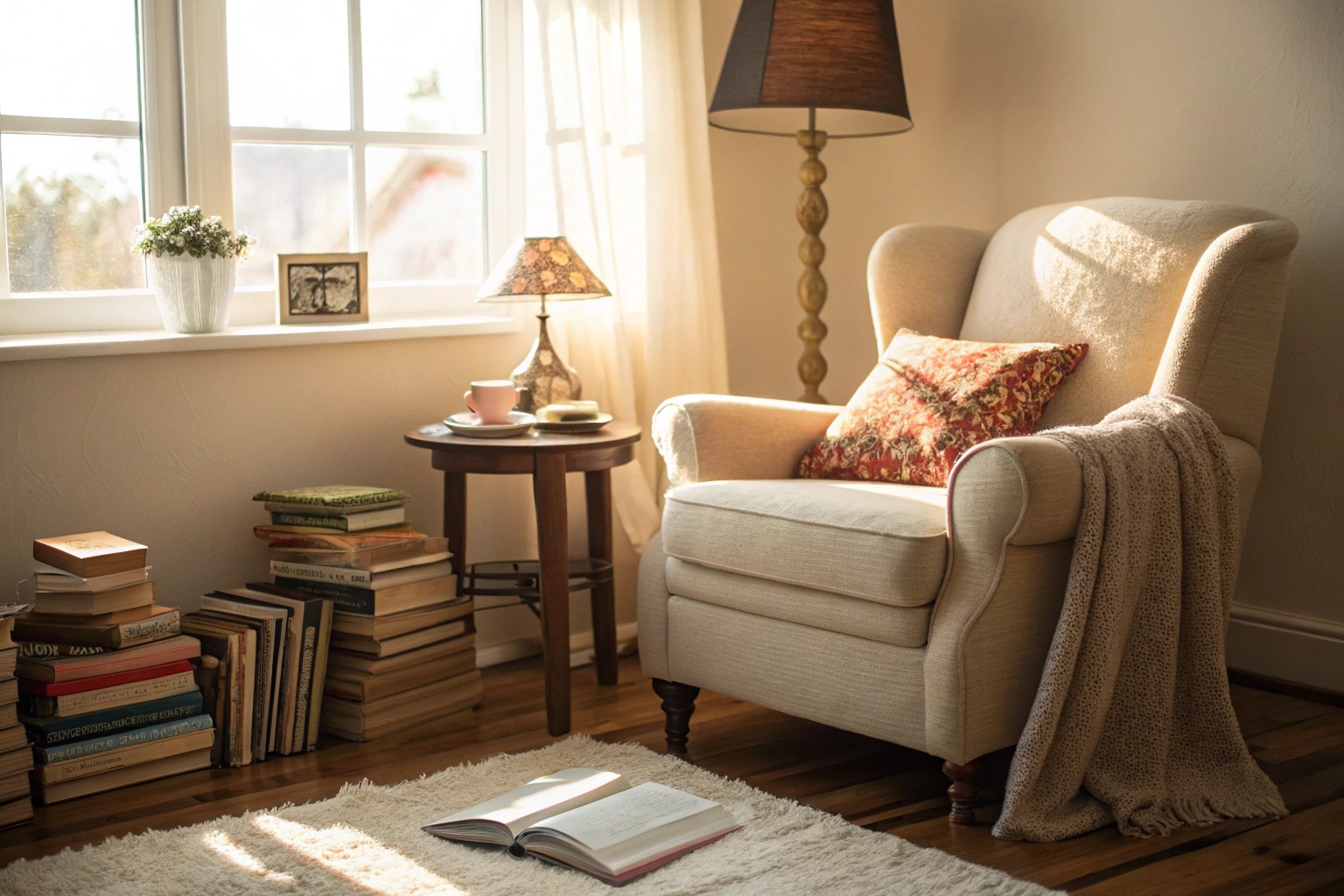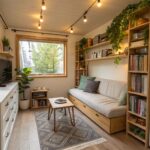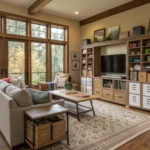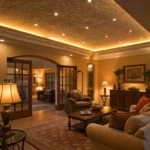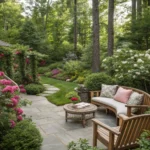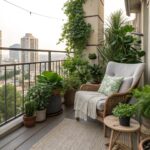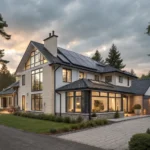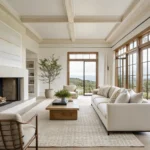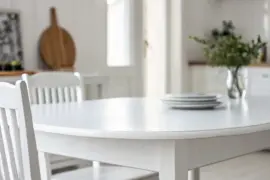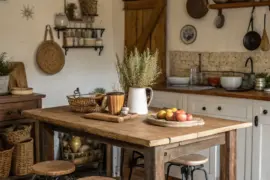Every room has them—those awkward, empty corners that seem to mock our decorating efforts and accumulate dust instead of style. Yet these neglected spaces represent some of the greatest untapped potential in our homes and gardens, waiting to be transformed from forgotten voids into functional, beautiful focal points.
Understanding the Psychology of Corner Neglect
The relationship between homeowners and their corners runs deeper than simple oversight. These spaces often become repositories for what I call “micro-decisions”—the small choices we make when we’re tired, overwhelmed, or simply trying to get through the day. A towel draped over furniture, clothes tossed in a corner, or garden tools propped against a wall gradually transform these areas into sources of visual stress rather than design opportunities.
The shame spiral begins with avoidance. When corners accumulate clutter or remain stubbornly empty, we develop a kind of visual blindness to them. We normalize the neglect and eventually stop seeing the potential altogether. This psychological pattern affects both interior and exterior spaces, creating missed opportunities for storage, beauty, and functionality throughout our homes.
Breaking the Avoidance Pattern
The first step in reclaiming corners involves recognizing their potential rather than their problems. Every corner offers three key advantages:
- Vertical space utilization – Corners naturally draw the eye upward, making them ideal for height-focused design solutions
- Natural boundaries – The converging walls or landscape features create a defined space that’s easier to style than open areas
- Intimate scale – Corners feel more manageable and less overwhelming than entire rooms or garden beds
Indoor Corner Solutions: From Storage to Style
The Foundation Approach
The most successful corner transformations begin with defining the space from the ground up. A well-placed rug can instantly transform an empty corner into a purposeful area. Round rugs work particularly well because they soften the angular geometry of corner spaces while creating a foundation for everything that follows.
Essential Corner Furniture Solutions:
| Furniture Type | Best For | Space Requirements |
|---|---|---|
| Corner bookcase | Storage + display | 2-3 feet width |
| Reading chair + side table | Relaxation nook | 4-5 feet diameter |
| Corner desk | Home office | 3-4 feet width |
| Plant stand | Greenery display | 1-2 feet width |
Creating Functional Zones
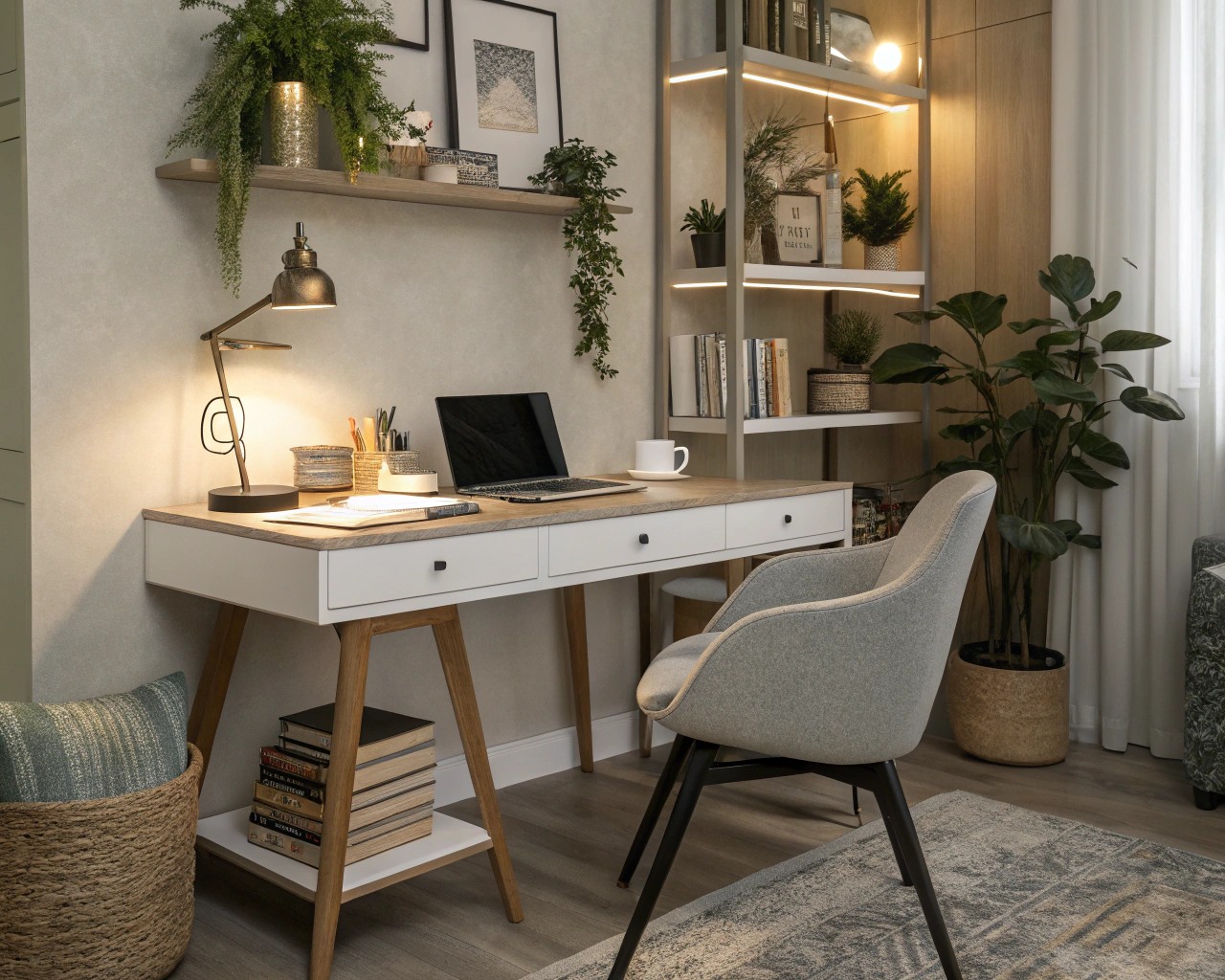
Reading Nooks: Transform unused corners into cozy reading retreats by combining a comfortable chair with built-in or floating shelves. Add adequate lighting through a floor lamp or wall-mounted fixture, and complete the space with a small side table for beverages and books.
Workspace Solutions: Corner desks, particularly vintage writing desks positioned diagonally, create elegant workspaces that feel less intrusive than traditional desk setups. This diagonal placement also helps the furniture feel more integrated with the room’s flow.
Storage Integration: Corner cabinets and shelving systems maximize vertical space while maintaining accessibility. Floating shelves create visual lightness, while floor-to-ceiling storage makes dramatic use of available height.
Adding Life Through Greenery
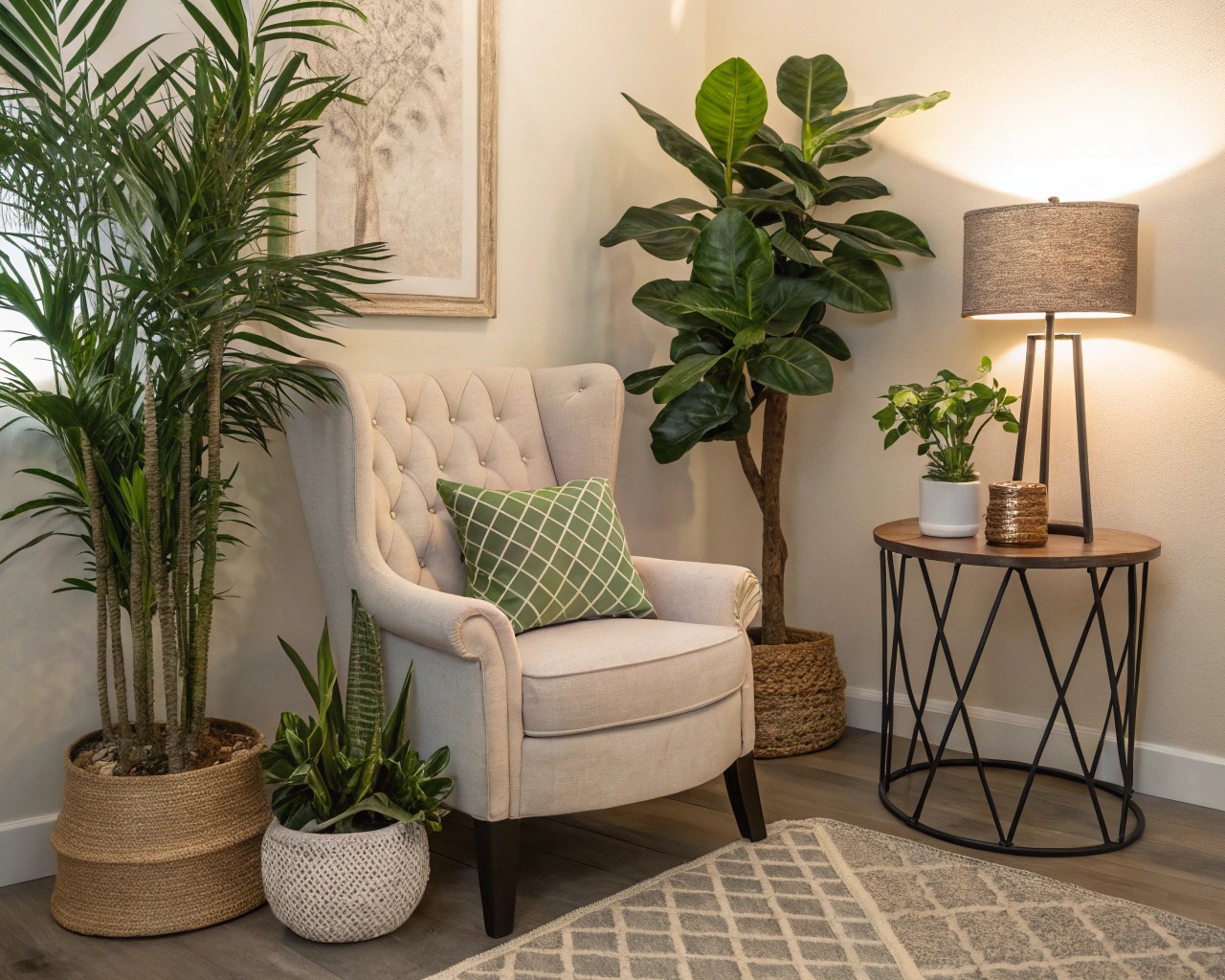
Plants excel in corner applications because they naturally fill vertical space and bring organic shapes to angular areas. Tall floor plants like fiddle-leaf figs or artificial options like 7-foot citrus trees provide instant impact while requiring minimal floor space.
Strategic Plant Placement Tips:
- Position plants near windows when possible to highlight textures and enhance natural light
- Use plants of varying heights to create visual layers
- Consider maintenance needs—artificial plants work well in low-light corners
- Group plants in odd numbers for more natural-looking arrangements
Outdoor Corner Transformations: Garden Spaces That Flourish
Understanding Outdoor Corner Challenges
Garden corners present unique opportunities and challenges. They’re often created by property lines, architectural features, or existing landscape elements, and frequently suffer from drainage issues or limited sun exposure. However, these same constraints can create intimate, protected spaces perfect for specialized gardens.
Raised Bed Solutions
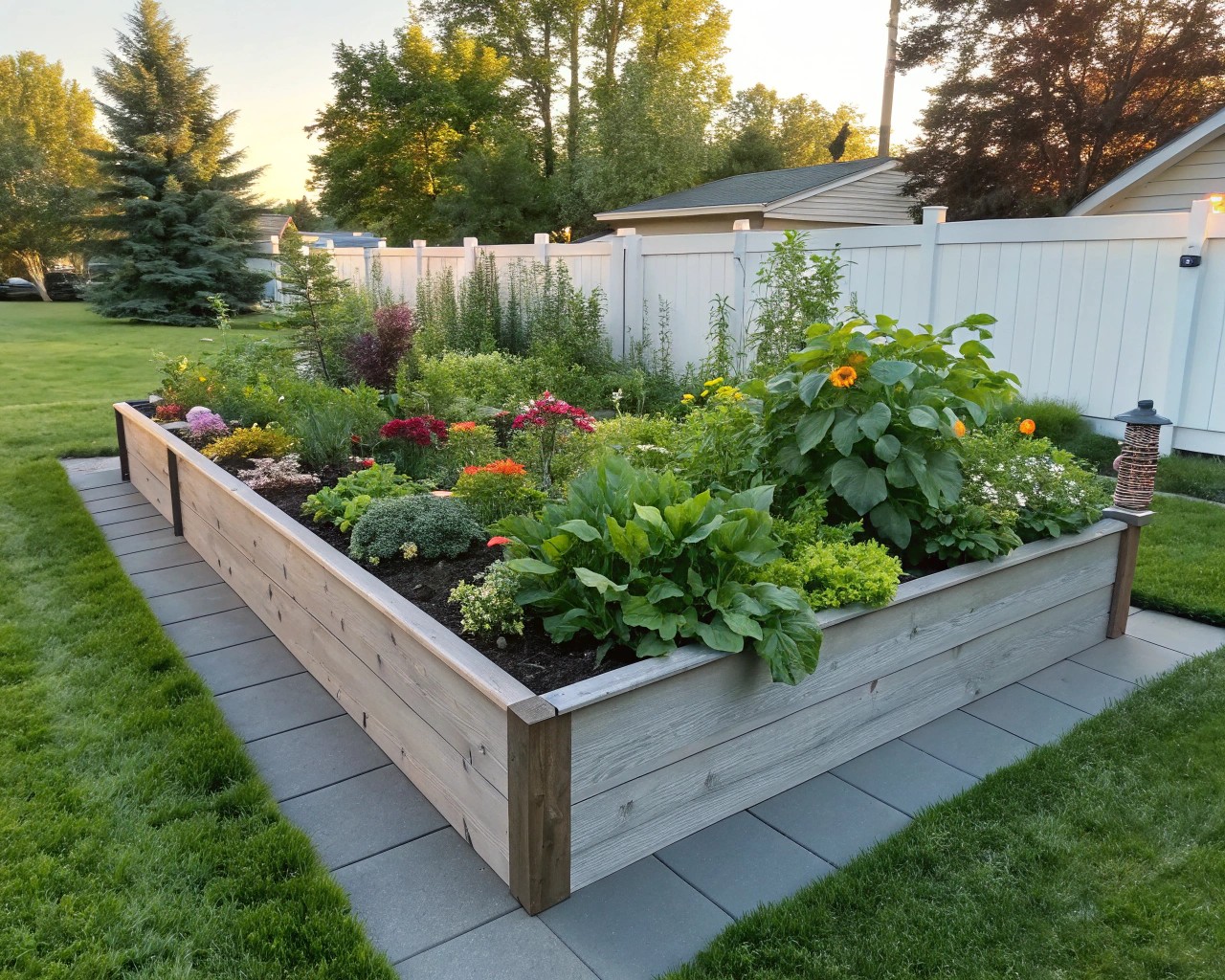
Elevated planting beds work exceptionally well in corner applications because they:
- Improve drainage in problematic areas
- Create defined growing spaces
- Add visual interest through varying heights
- Allow for better soil control
Cedar planter boxes positioned where privacy fences meet create natural corner gardens that feel intentional rather than leftover. Combine these with decorative pavers and mulch for a polished appearance.
Water Features as Focal Points
Corner water features transform awkward spaces into stunning focal points. Options range from simple reflection bowls to elaborate pond systems with pumps and aquatic plants. The key is matching the feature’s scale to the available space:
Small Corners (under 25 sq ft):
- Tabletop fountains
- Wall-mounted water blades
- Container water gardens
Medium Corners (25-100 sq ft):
- In-ground ponds with marginal plants
- Tiered fountain systems
- Recirculating stream features
Large Corners (100+ sq ft):
- Pond ecosystems with fish
- Multi-level water cascades
- Integrated seating areas around water features
Specialized Garden Types
Herb Gardens: Corner herb gardens combine functionality with beauty. Use tiered planters or vertical growing systems to maximize variety in minimal space. Popular choices include basil, rosemary, thyme, and mint—all of which provide fresh ingredients while adding fragrance and texture to corner spaces.
Rock Gardens: For low-maintenance corner solutions, rock gardens using drought-tolerant plants like succulents, alpines, and ornamental grasses create zen-like spaces with minimal ongoing care requirements.
Shade Gardens: Many corners suffer from limited sun exposure, making them perfect for shade-loving plants. Combine hostas, ferns, and coral bells with decorative mulch for corners that thrive in lower light conditions.
Kitchen Corner Efficiency: Maximizing Awkward Spaces
Kitchen corners present unique functional challenges that require specialized solutions. Unlike decorative corners, kitchen corners must prioritize accessibility and storage efficiency while maintaining the room’s workflow.
Cabinet Solutions for Corner Optimization
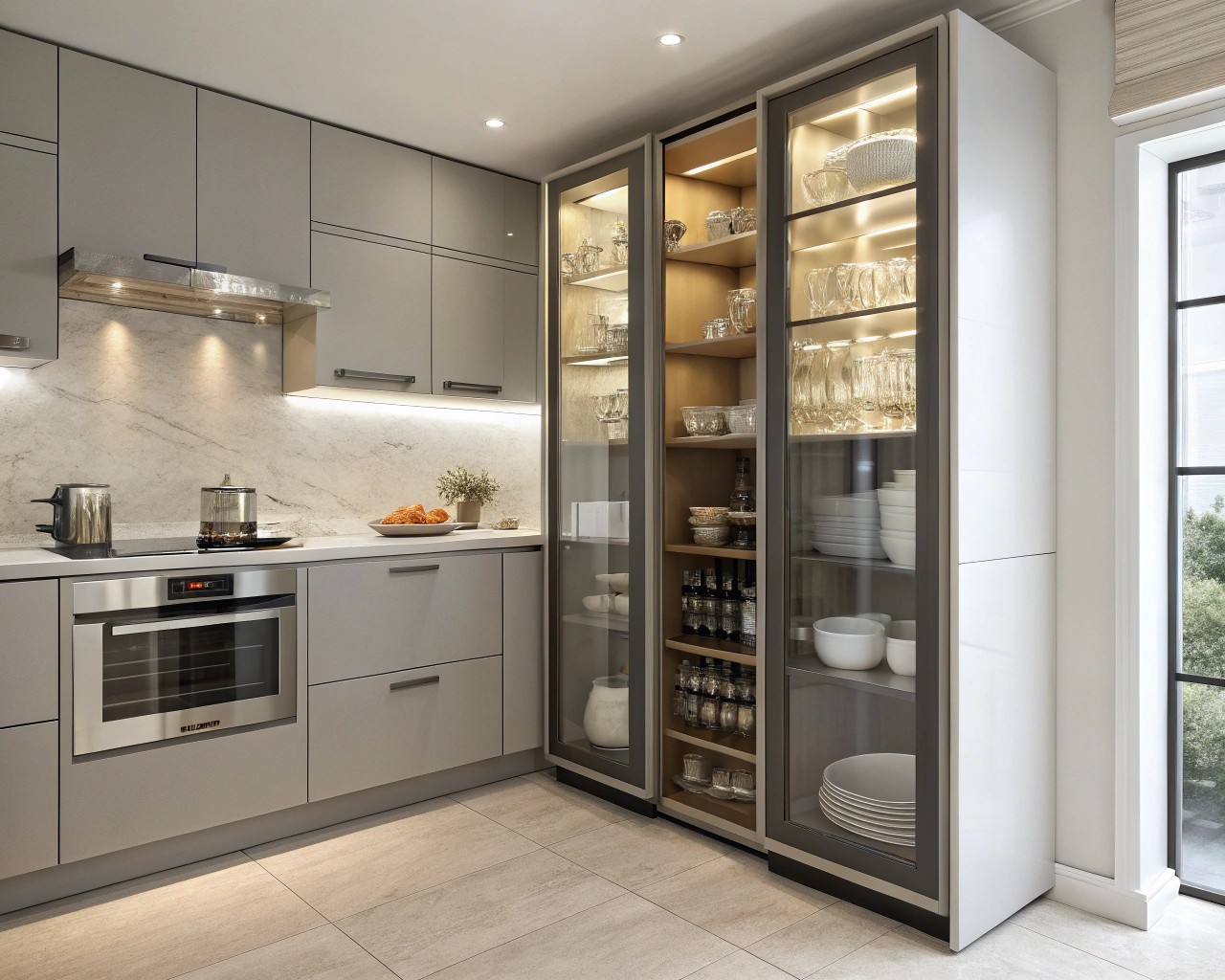
Lazy Susan Systems: These rotating platforms make corner storage accessible with minimal effort. While they don’t eliminate all bending and reaching, they significantly improve functionality compared to standard blind corners.
Swinging Pull-Out Systems: These mechanisms bring stored items completely out of the cabinet and into view, reducing the reaching and searching that makes corner cabinets frustrating. Though more expensive than basic options, they transform corner storage from problematic to highly functional.
Drawer-Based Corner Cabinets: Multi-drawer corner units offer excellent accessibility and maximize storage capacity. Their accordion-like design also adds visual interest to kitchen cabinetry.
Installation Considerations:
- Measure carefully—corner cabinets require precise fitting
- Consider your cooking style—heavy pot storage needs robust pull-out systems
- Plan for maintenance access to plumbing or electrical connections
- Account for door swing clearances in adjacent cabinet planning
Creating Visual Interest and Focal Points
The Art of Corner Galleries
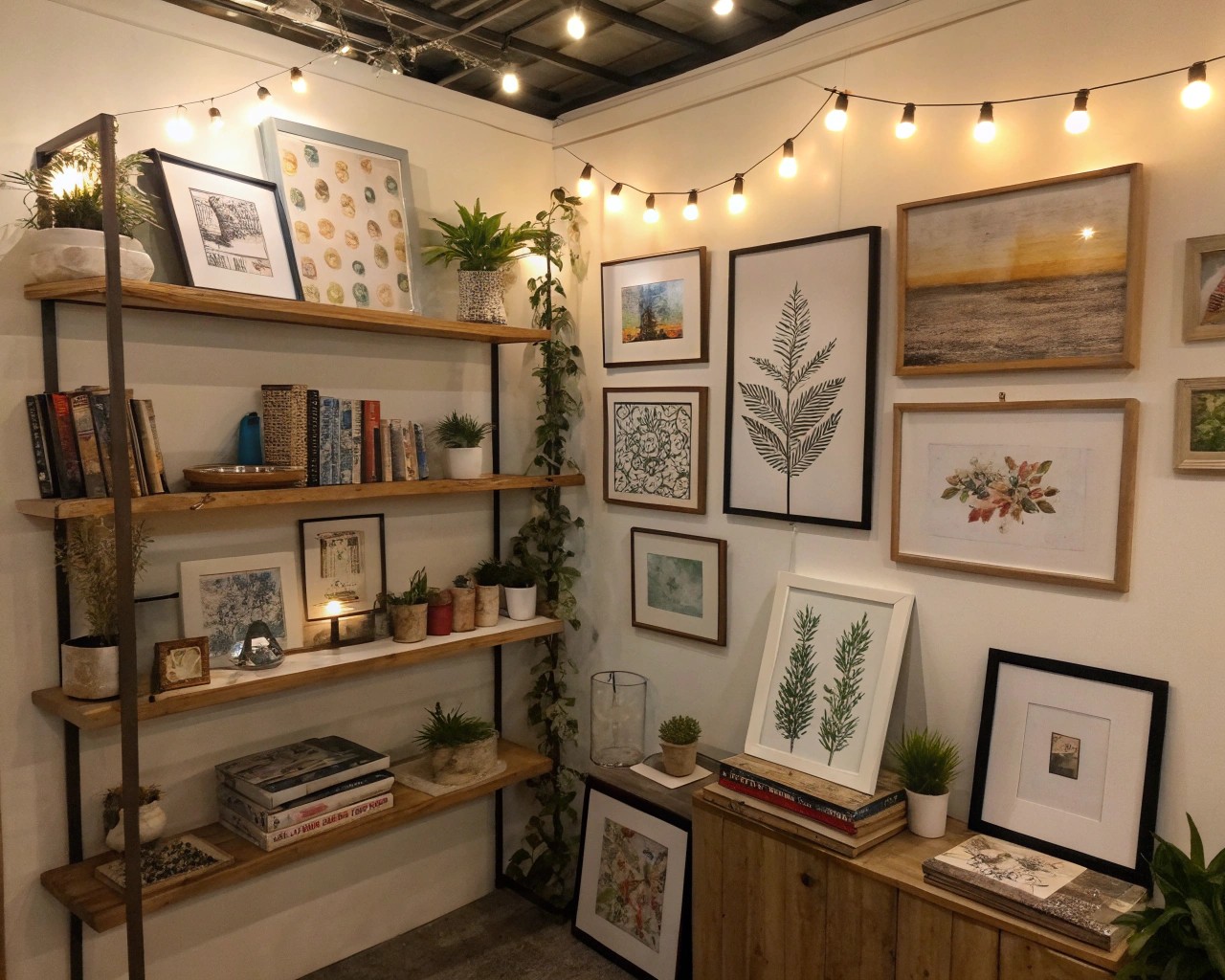
Empty corners provide excellent opportunities for curated displays that would overwhelm larger wall spaces. Gallery walls in corners feel more intimate and allow for creative arrangements that follow the space’s natural boundaries.
Gallery Wall Success Strategies:
- Start with a mirror positioned to reflect natural light
- Mix frame sizes and artwork styles for visual rhythm
- Include dimensional elements like small shelves or sculptural pieces
- Leave some breathing room—corners can handle denser arrangements than full walls
Architectural Enhancements
For corners that lack natural definition, consider adding architectural elements that create structure and visual interest:
Wood Slat Accents: Vertical wood treatments add texture and define corner spaces without overwhelming them. These work particularly well in bedrooms and living areas where you want to create cozy, intimate feelings.
Paint Treatments: Geometric paint accents or murals can transform bland corners into dynamic design elements. This approach works especially well in children’s spaces where bold patterns feel appropriate and stimulating.
Lighting for Corner Drama
Proper lighting transforms corners from forgotten spaces into evening focal points. String lights or solar-powered path lights create magical atmospheres for outdoor corners, while floor lamps or wall-mounted fixtures provide both functionality and ambiance for indoor spaces.
Maintenance and Long-Term Success
Preventing Corner Neglect
The key to maintaining styled corners lies in creating systems that prevent the return of clutter and neglect. This requires addressing both the physical setup and the behavioral patterns that led to corner avoidance in the first place.
Sustainable Corner Maintenance:
- Choose plants and materials appropriate for their light and moisture conditions
- Create designated homes for items that tend to accumulate in corners
- Establish weekly corner check-ins as part of regular home maintenance
- Design storage solutions that make it easier to put things away properly than to pile them in corners
Seasonal Adaptations
Successful corner styling adapts to seasonal changes and evolving needs. Container gardens allow for easy plant rotation, while modular furniture arrangements can be reconfigured as seasons or activities change.
Year-Round Corner Strategies:
- Plan for winter plant dormancy in outdoor corner gardens
- Rotate seasonal decorative elements to maintain visual interest
- Adjust lighting for shorter winter days
- Prepare drainage solutions for spring thaw and summer storms

